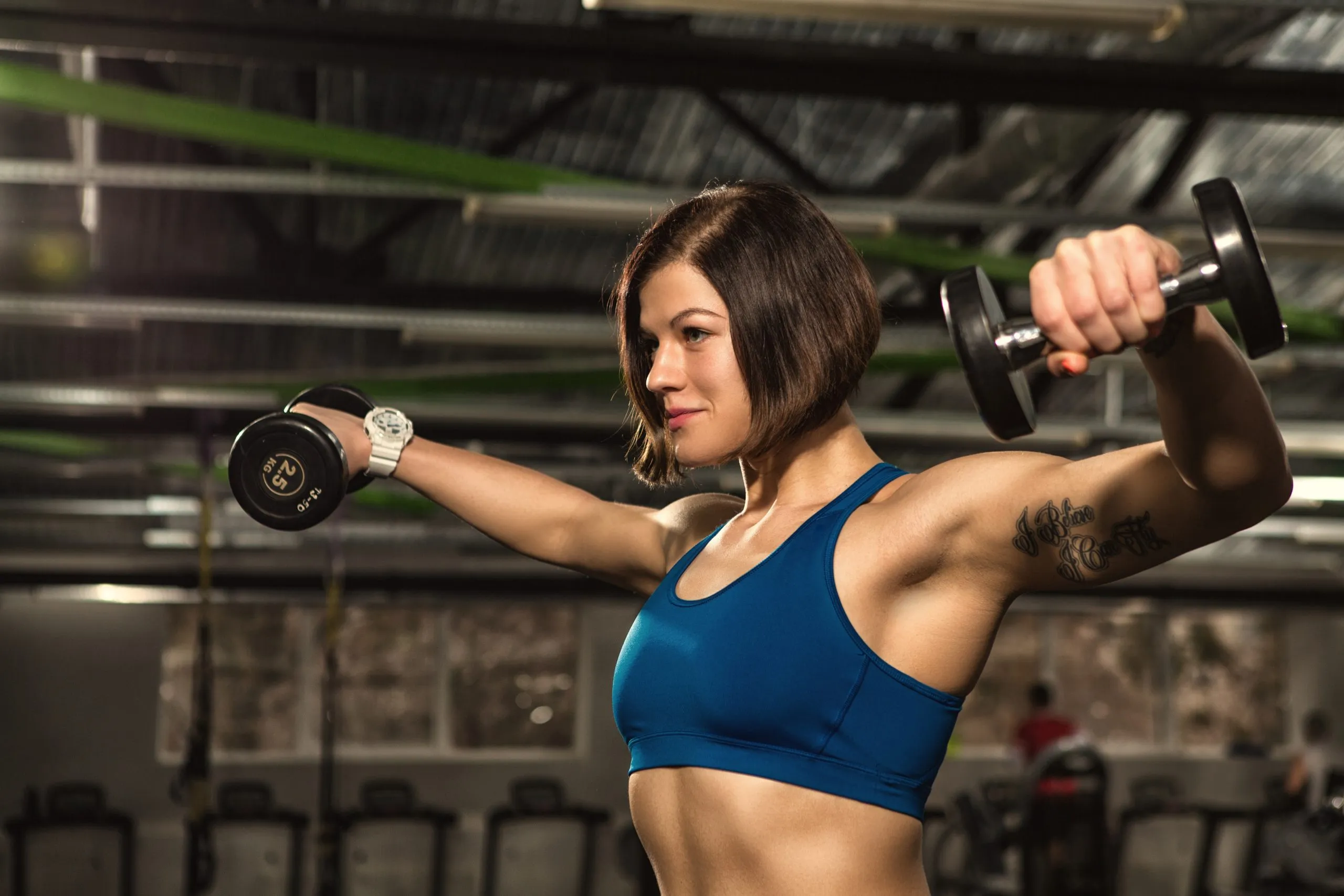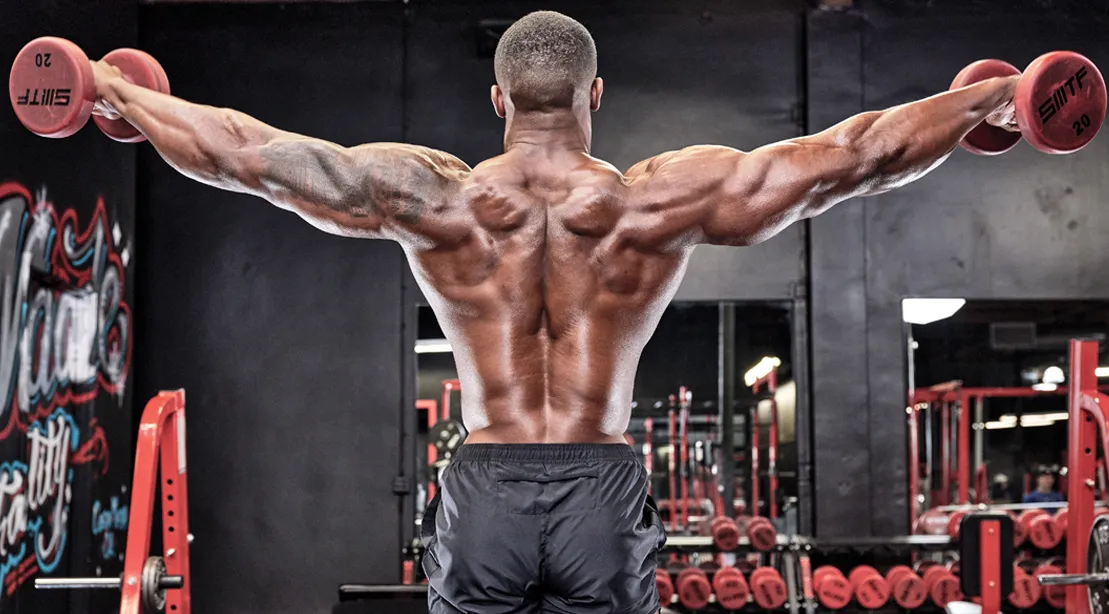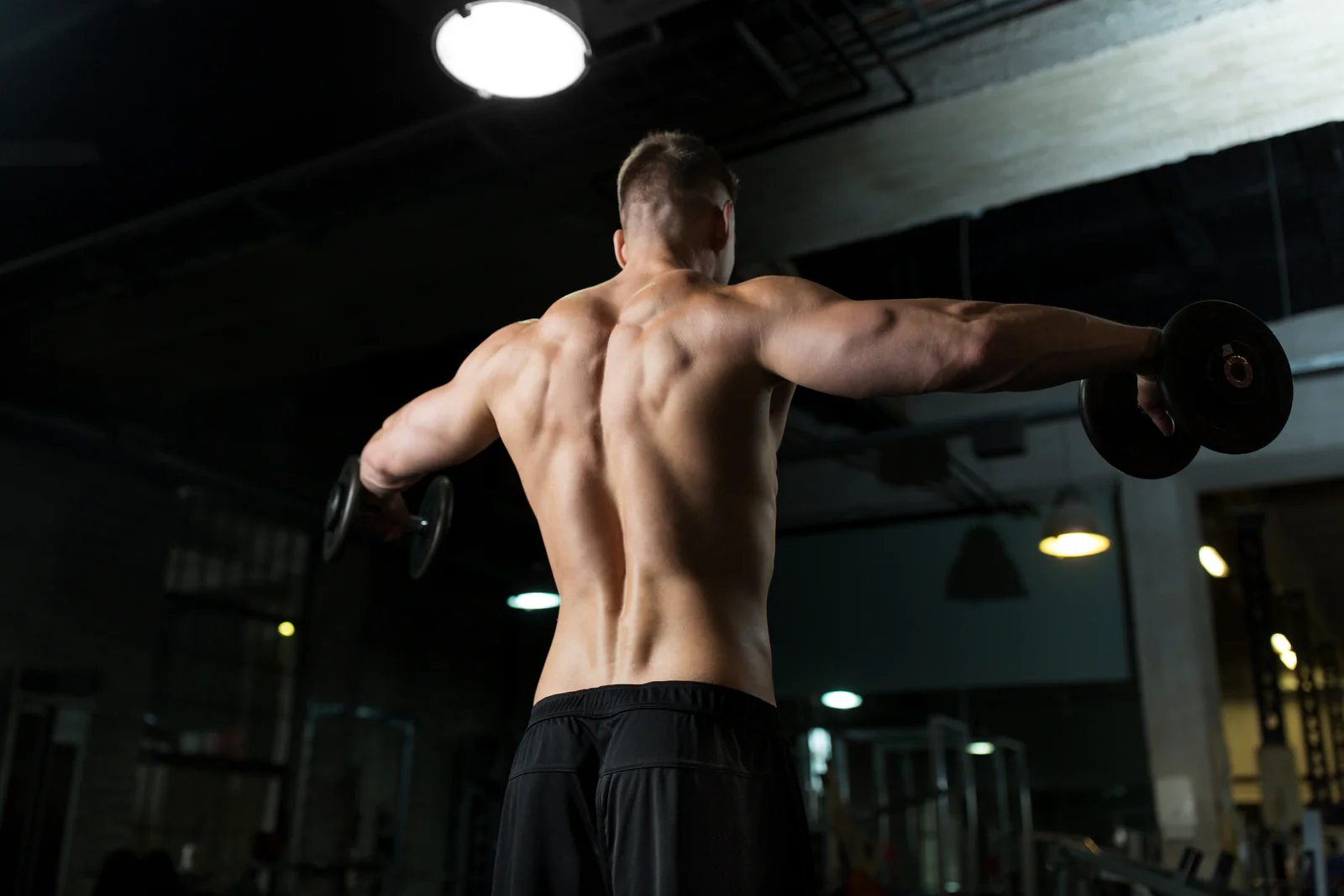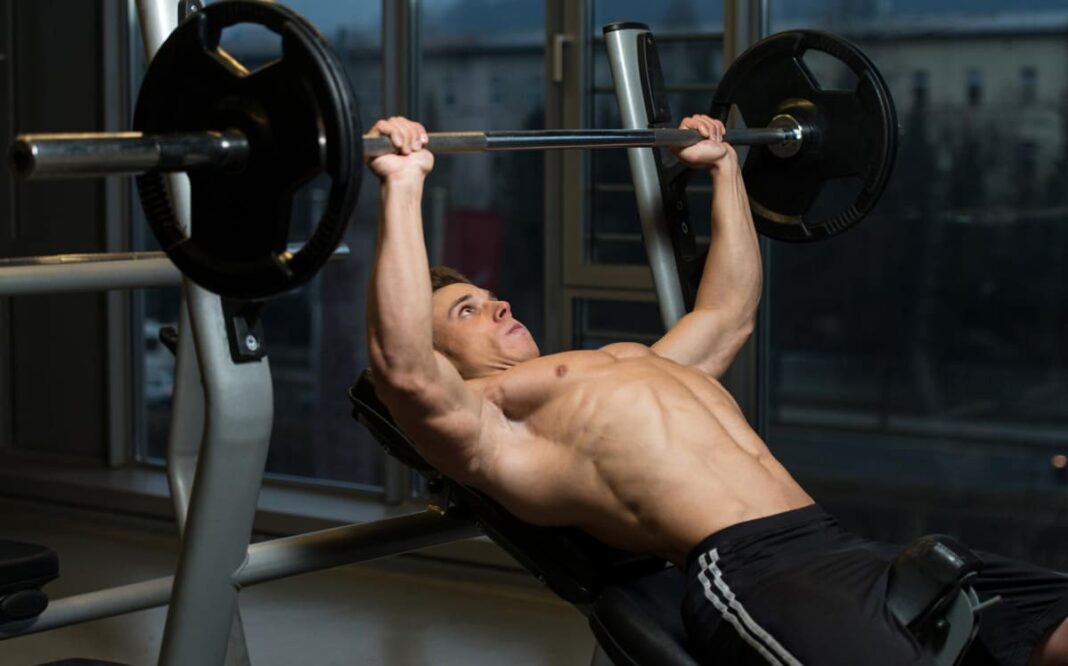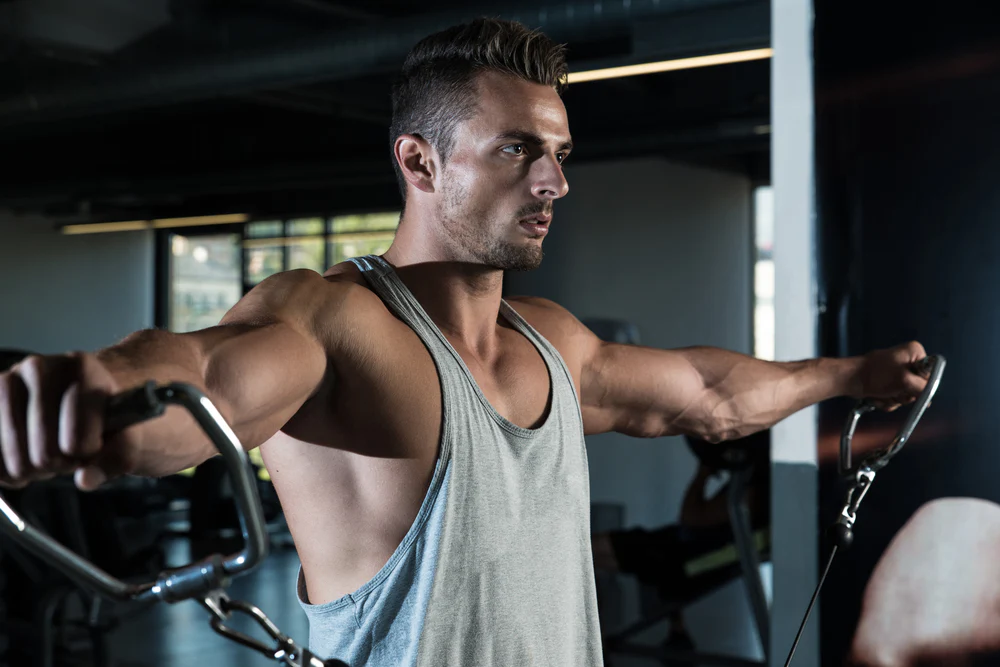Dumbbell Lateral Raise: The Essential Guide to Wider Shoulders
When it comes to building wide, round shoulders, few exercises rival the dumbbell lateral raise. This movement is a bodybuilding staple for a reason: it directly targets the side delts (lateral deltoids)—the muscle fibers responsible for shoulder width and the illusion of a smaller waist.
While the overhead press builds mass and strength, it’s the lateral raise that carves out that coveted “capped shoulder” look. Ask any bodybuilder what exercise gives shoulders their shape, and nine times out of ten, you’ll hear “lateral raises.”
But here’s the catch: despite looking simple, most lifters get lateral raises wrong. Swinging weights, overloading with poor form, or letting the traps take over are all too common. Done correctly, though, the dumbbell lateral raise is one of the most effective hypertrophy tools in your arsenal.
This guide covers everything: muscles worked, step-by-step form, common mistakes, variations, programming strategies for both strength and aesthetics, and bodybuilder-specific tips to maximize growth.
Muscles Worked
- Primary Muscle:
- Lateral deltoids (side delts): The star of the show, responsible for shoulder abduction (lifting your arm out to the side).
- Secondary Muscles:
- Anterior deltoids (front delts): Assist slightly, especially if the weight drifts forward.
- Trapezius (upper traps): Stabilize and often take over if form breaks down.
- Supraspinatus (rotator cuff): Initiates the first 15° of the lift.
- Core and forearms: Act as stabilizers.
👉 Translation: While the lateral raise is an isolation move, multiple stabilizers are working. Keeping strict form ensures the side delts remain the prime mover.
How to Perform the Dumbbell Lateral Raise (Step by Step)
- Setup
- Hold a pair of dumbbells at your sides, palms facing inward.
- Stand tall with feet shoulder-width apart.
- Keep a slight bend in your knees and elbows.
- Execution
- With control, lift the dumbbells outward to your sides.
- Lead with your elbows, keeping arms slightly bent (don’t lock them straight).
- Raise until your arms are parallel to the floor (shoulder height).
- Pause briefly at the top to contract the delts.
- Slowly lower the weights back to the starting position.
- Breathing Cue
- Inhale before lifting.
- Exhale as you raise the weights.
- Tempo
- Up: 1–2 seconds.
- Pause: 1 second at the top.
- Down: 3 seconds (slow and controlled).
Common Mistakes and How to Fix Them
- Swinging the weights
- Mistake: Using momentum to fling the dumbbells up.
- Fix: Use lighter weights and slow the tempo. Treat it as an isolation, not a power move.
- Shrugging the traps
- Mistake: Elevating the shoulders, shifting tension to traps.
- Fix: Keep shoulders down and focus on leading with elbows, not hands.
- Going too heavy
- Mistake: Choosing dumbbells that are too heavy and losing form.
- Fix: Start light (10–20 lbs for most lifters) and master control. Growth comes from tension, not ego.
- Overextending range of motion
- Mistake: Raising arms above shoulder level, stressing joints.
- Fix: Stop at parallel to the floor for maximum delt activation.
- Arms too straight
- Mistake: Locked-out elbows put stress on joints.
- Fix: Maintain a soft bend (10–15°).
Variations and Alternatives
- Seated Dumbbell Lateral Raise
- Reduces momentum, forces strict form.
- Cable Lateral Raise
- Provides constant tension throughout the movement.
- Lean-Away Lateral Raise
- Increases range of motion by leaning slightly from a support.
- One-Arm Dumbbell Lateral Raise
- Allows better focus and contraction.
- Machine Lateral Raise
- Great for hypertrophy—locks you into position, isolates delts fully.
- Partial Lateral Raises (Heavy Partials)
- Using heavier weights in the top half of the movement for overload.
Programming Guidelines
The dumbbell lateral raise shines in hypertrophy-focused training, but it can also be programmed strategically for shoulder endurance and stabilization.
For Strength (Performance Focus)
While not typically a “strength” move, lateral raises can be programmed heavier to improve delt endurance in pressing.
- Sets/Reps: 3–4 sets of 6–10 reps.
- Rest: 90–120 seconds.
- Load: Slightly heavier dumbbells, still strict form.
For Hypertrophy (Aesthetics Focus)
This is where the exercise thrives.
- Sets/Reps: 3–5 sets of 12–20 reps.
- Tempo: Slow eccentric (3–4 seconds lowering).
- Rest: 45–75 seconds.
- Techniques: Drop sets, supersets (with presses), or partials to extend time under tension.
Bodybuilder’s Tips
- Lead with elbows, not hands. Imagine pouring water out of a jug with each rep—this cue ensures side delt activation.
- Don’t chase heavy dumbbells. A strict 15-rep set with 12 lb dumbbells will grow your delts far more than sloppy reps with 40s.
- Program strategically. Perform lateral raises after compounds like presses, when delts are pre-fatigued, to maximize growth.
- Use volume intelligently. Side delts respond well to higher frequency. Add lateral raises 2–3x per week with varied rep ranges.
- Mind-muscle connection. Visualize the delts contracting and lifting the weights—not your arms or traps.
Strength vs Aesthetic Outcomes
- Strength-Oriented Lifters: Lateral raises act as accessory work to build delt endurance, supporting heavy pressing.
- Aesthetic-Oriented Lifters: This is a bread-and-butter movement. High volume, strict form, and consistency will transform shoulder shape.
👉 Smart lifters combine both approaches: keep presses for power, but treat lateral raises as a sculpting tool for width and balance.
Practical Takeaways
- The dumbbell lateral raise is a must-have for side delt hypertrophy and balanced shoulder development.
- Form > load. Strict execution beats heavy swinging every time.
- Pair with compounds (OHP, Arnold press) for complete delt training.
- Use higher reps and controlled tempo to maximize muscle activation.
- Progress slowly—chasing form and tension leads to growth, not chasing numbers.
Conclusion
If your goal is to build wide, round shoulders, the dumbbell lateral raise is non-negotiable. While presses build mass and strength, lateral raises sculpt the delts and create that sought-after 3D shoulder look.
It may look like a simple isolation movement, but when done with intention—light enough to control, heavy enough to challenge—it’s one of the most powerful hypertrophy tools in a bodybuilder’s arsenal.
👉 Bottom line: Master the lateral raise with strict form, push volume smartly, and your side delts will deliver the width and symmetry that separates an average physique from an elite one.

